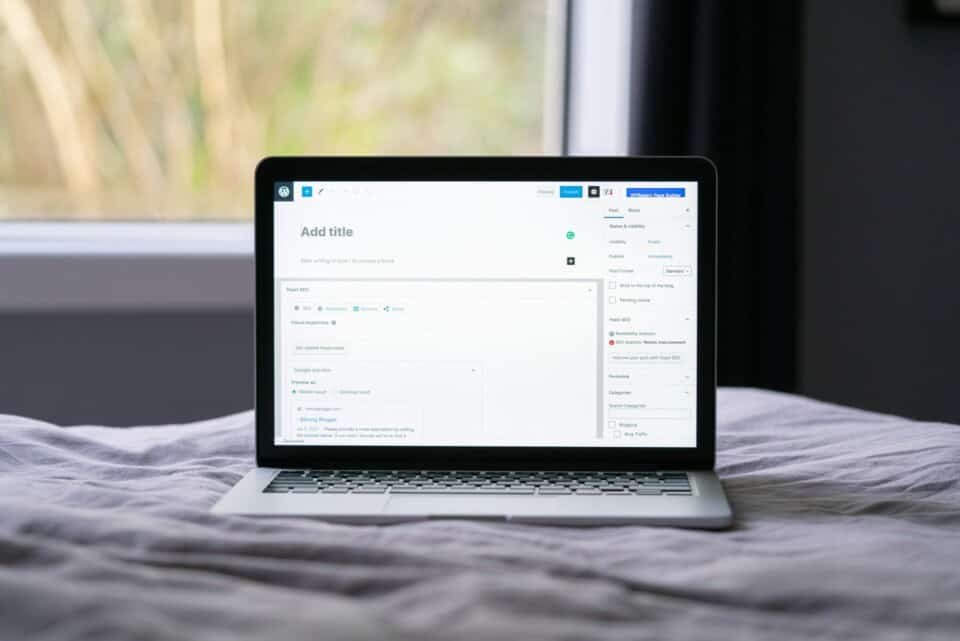WordPress has become a go-to platform for small to medium-sized businesses looking to establish a strong online presence. It’s known for its flexibility, user-friendliness, and a vast array of plugins that cater to varied business needs. Yet despite these advantages, users often encounter some common issues that can disrupt website performance.
Understanding and resolving these problems is essential for maintaining a website that runs smoothly and attracts visitors. This article explores typical WordPress issues and offers practical solutions to tackle them, ensuring your site continues to perform efficiently and meets your business goals.
Slow Loading Times
Few things can frustrate users more than a slow-loading website. Several factors contribute to this problem, but identifying them is the first step in speeding things up.
Here are some common causes:
– Large images occupying too much space.
– An excessive number of plugins burdening the system.
– Inconsistent caching practices affecting data retrieval.
Solutions to enhance loading speed include:
– Image Optimization: Resize and compress images before uploading them to reduce loading times.
– Efficient Plugin Management: Regularly review and delete plugins that are no longer necessary or haven’t been updated. This lowers the system load and speeds up processing.
– Utilizing a Caching Plugin: Install a reliable caching plugin to store parts of your site and load them faster for returning visitors.
Another key tactic is keeping everything updated. Regularly updating WordPress core, themes, and plugins not only prevents slowdowns but also reduces security risks. Monitoring performance using tools like Google PageSpeed Insights can help identify specific areas needing improvement.
A small bakery website, for example, might struggle with this if it posts high-resolution photos of its latest cupcake designs. By implementing these strategies, the bakery can ensure customers experience quicker page loads and enjoy seamless browsing.
Security Vulnerabilities
Security is a big deal for WordPress sites, and addressing potential vulnerabilities is key to protecting your online assets. Common issues include outdated software and weak passwords, both of which open the door to unauthorised access. Keeping WordPress and its plugins current is crucial, as updates often include patches for known security holes.
Here’s how to strengthen your site’s defences:
– Install Security Plugins: These can offer features like malware scanning, firewall protection, and active monitoring.
– Regular Updates: Ensure WordPress, themes, and plugins are all up-to-date.
– Strong Passwords: Use complex and unique passwords for every account related to your site.
Think of security audits as regular health check-ups for your website. They help spot and fix vulnerabilities before they become issues, safeguarding valuable data. Scheduling backups is vital. Should anything go wrong, you’ll have a clean version of your site to restore.
Plugin Conflicts
Plugins add functionality and flexibility to your site, but conflicts between them can bring about frustrating problems. These conflicts typically arise when two or more plugins attempt to perform incompatible actions. They might lead to functionality breaks or even cause the whole site to crash.
Troubleshoot plugin issues with these steps:
1. Disable Plugins: Turn off all plugins and reactivate them one by one to identify the culprit.
2. Check Compatibility: Before installing any new plugin, ensure it’s compatible with your current WordPress version.
3. Choose Wisely: Opt for popular plugins with good reviews and recent updates. These are generally more reliable.
Maintaining plugin compatibility involves periodic reviews. Dropping outdated plugins and those that aren’t regularly updated can enhance your site’s performance and stability.
Broken Links and 404 Errors
Nothing says “unprofessional” quite like a 404 error page or broken link. They not only tarnish user experience but may also impact your site’s SEO efforts negatively. These issues can arise from deleted pages, changed URLs, or simple typos.
Here’s how to manage them:
– Use Link Checking Tools: Several online tools can scan your site for broken links.
– Fix or Redirect: Repair broken links or set up 301 redirects if the page has moved.
Creating a custom 404 page can turn potential roadblocks into helpful detours. Provide links to other popular pages, ensuring visitors find what they’re looking for without frustration.
Keep Your WordPress Running Smoothly
Maintaining a WordPress site involves more than just publishing new content. It requires a continuous commitment to resolving technical issues and implementing best practices. By staying proactive and addressing common problems like slow loading times, security vulnerabilities, plugin conflicts, and broken links, you’ll ensure that your site remains a reliable resource for your audience. This dedication to upkeep not only enhances user experience but also paves the way for sustained growth and engagement.
For ongoing peace of mind and efficient operation of your site, consider the benefits of professional WordPress support and maintenance. Nimble Digital UK offers a range of services to ensure your website performs at its best, helping you focus on growing your business.



